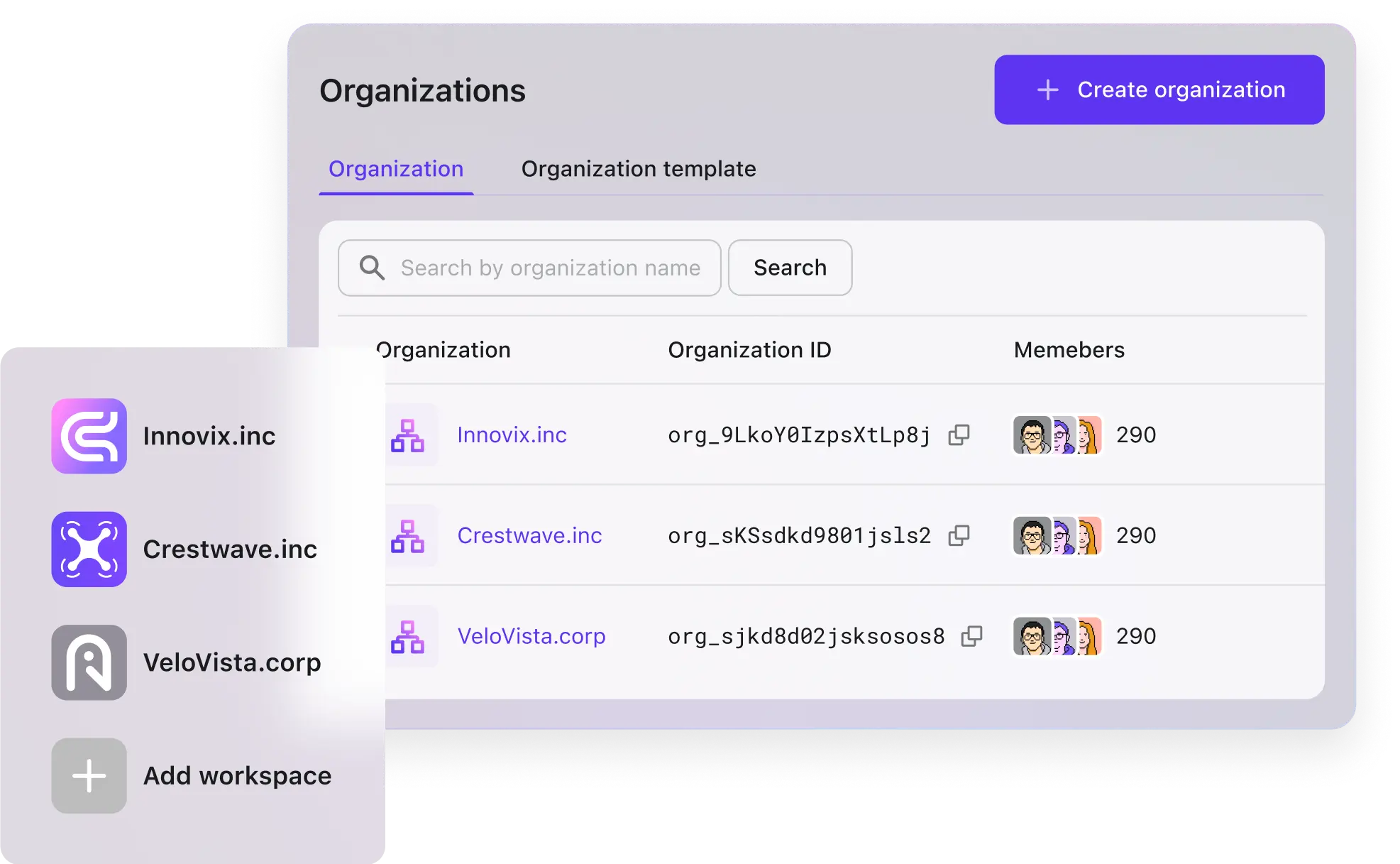How does multi-tenant authentication work?
B2B SaaS apps often use multi-tenant architecture, where each business is a tenant. Within each tenant, there are employees or collaborators, not just consumers.
A centralized and easier user management
In a multi-tenant app, you can use a single identity system to centralize the identity management by your developers but also give each tenant ability to manage on its own.
Enhanced data isolation and privacy
Tenant isolation is fundamental to the design and development of software as a service (SaaS) systems. Using organizations to separate tenants in multi-tenant environments ensures data privacy and compliance with regulations.
Invitations and collaboration to boost B2B Growth
Multi-tenant SaaS apps often come with features like invitations and role-based access control. These features support B2B growth and enhance collaboration.
Easily build multi-tenant SaaS
We cater to SaaS builders with an opinionated approach, yet our product remains flexible enough to handle all B2B cases.
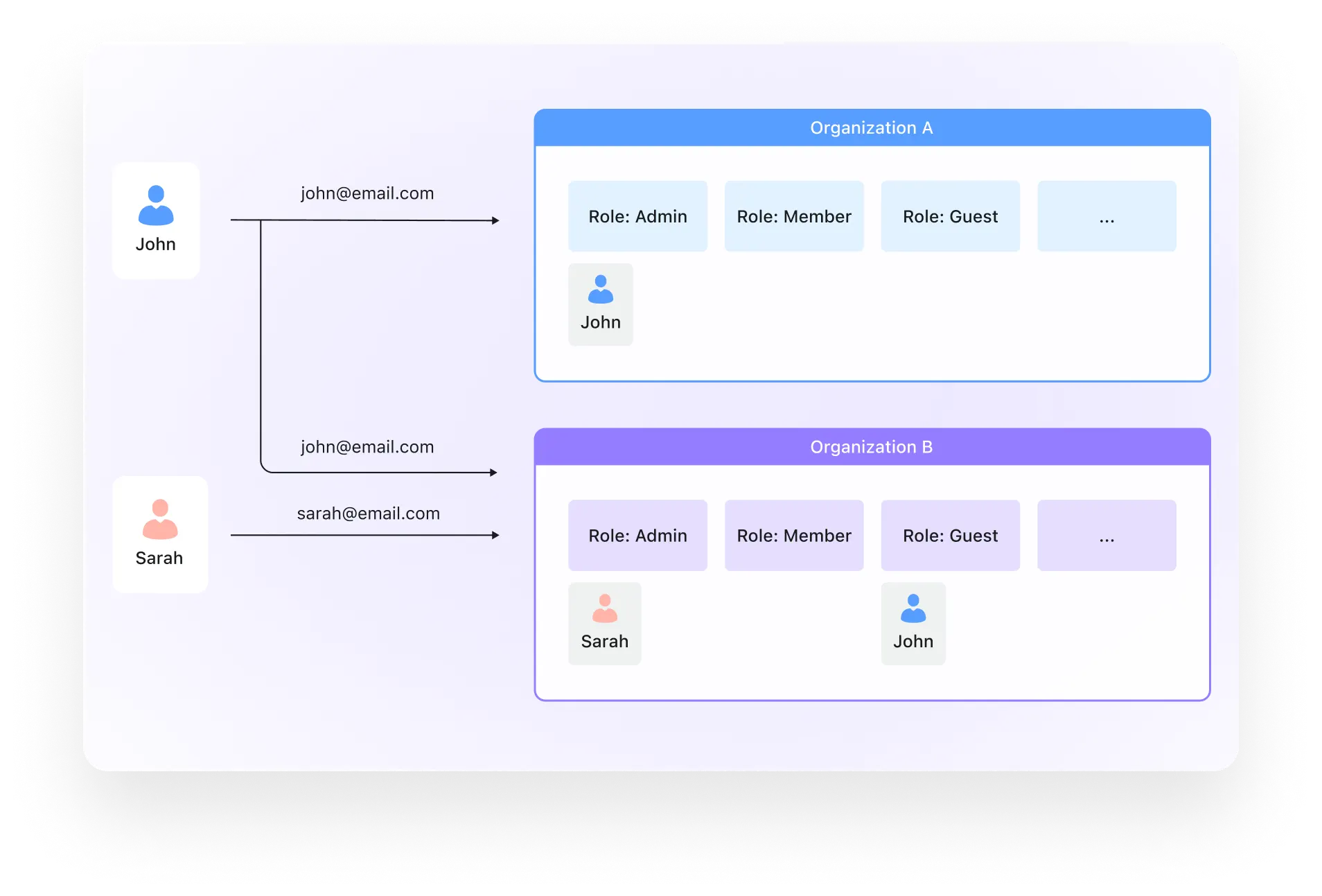
Logto helps you easily set up B2B identity architecture
- A user can belong to multiple organizations but only keep one identity
- A user can hold varying roles within different organizations
- You have a single, consolidated pool of identities
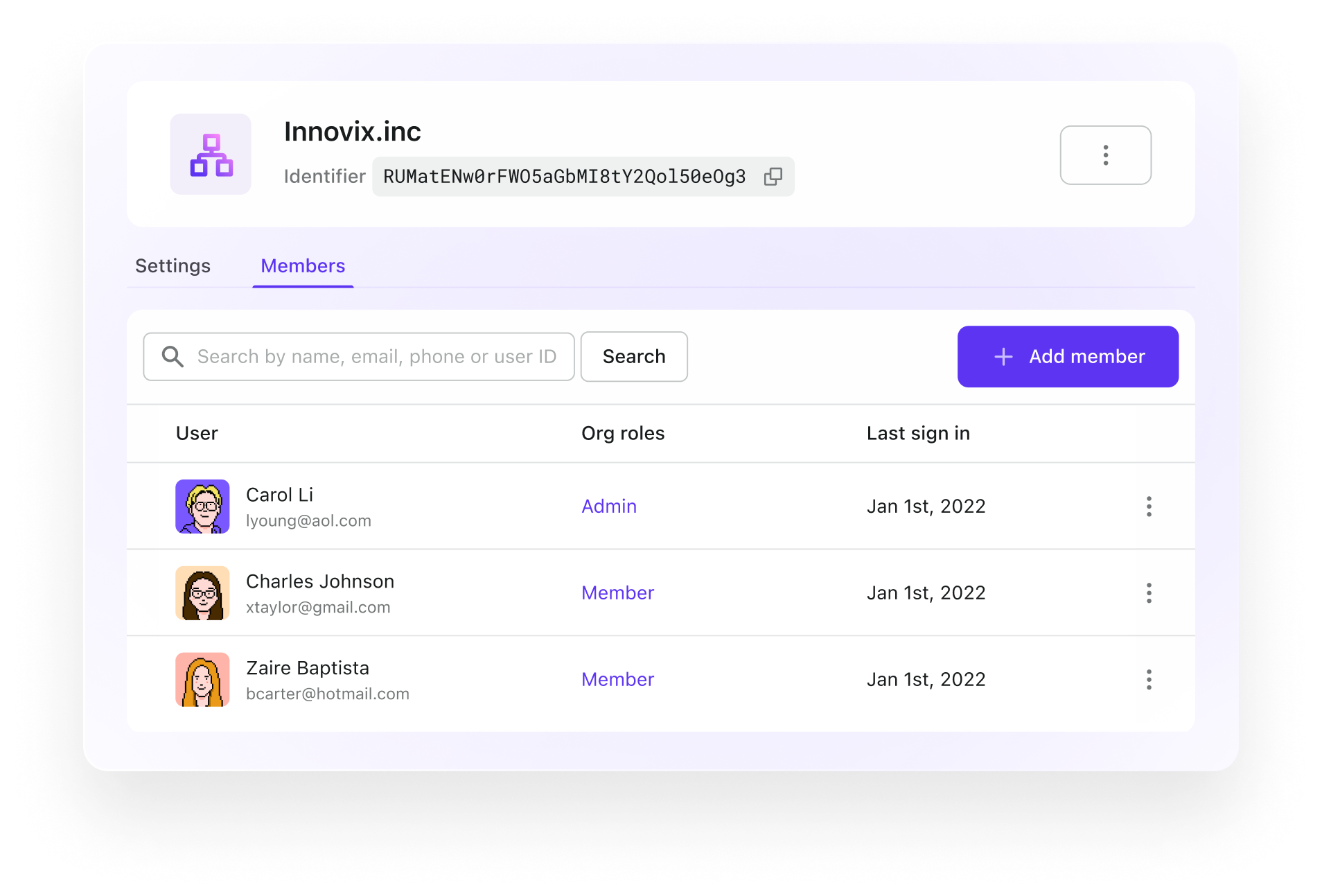
Mange business customers' identities at scale
- Secure with rigorous access control
- A single-user system that is secure with rigorous access control
- Best practice for SaaS apps' tenant isolation needs
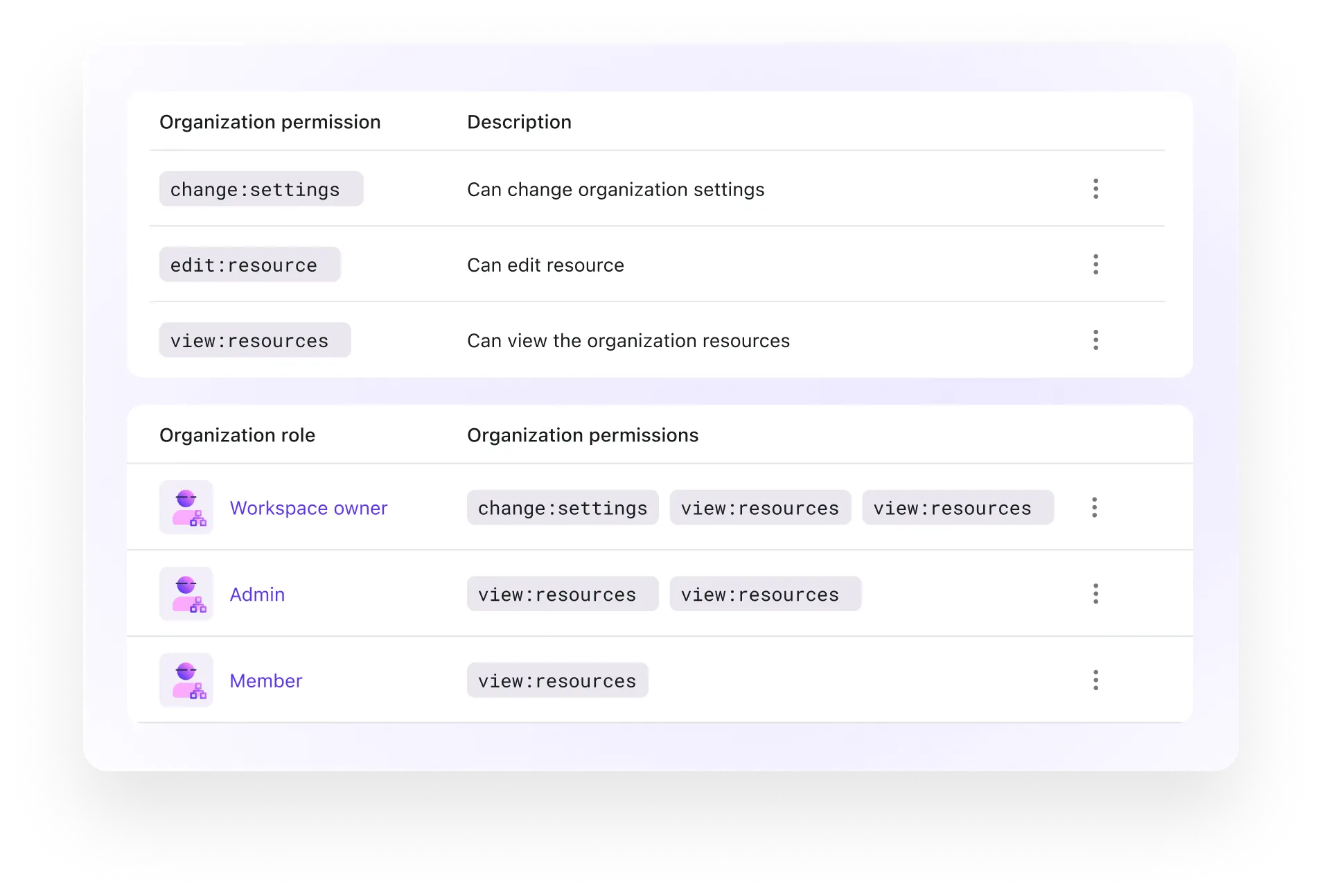
Organization-level access control
Access control is necessary for multi-tenant apps. Logto offers organization-level RBAC, called an organization template, to make setup simple.
- Flexibly create your own roles, not just “admin”/“members”
- Effortlessly update permissions and role design across all organizations.
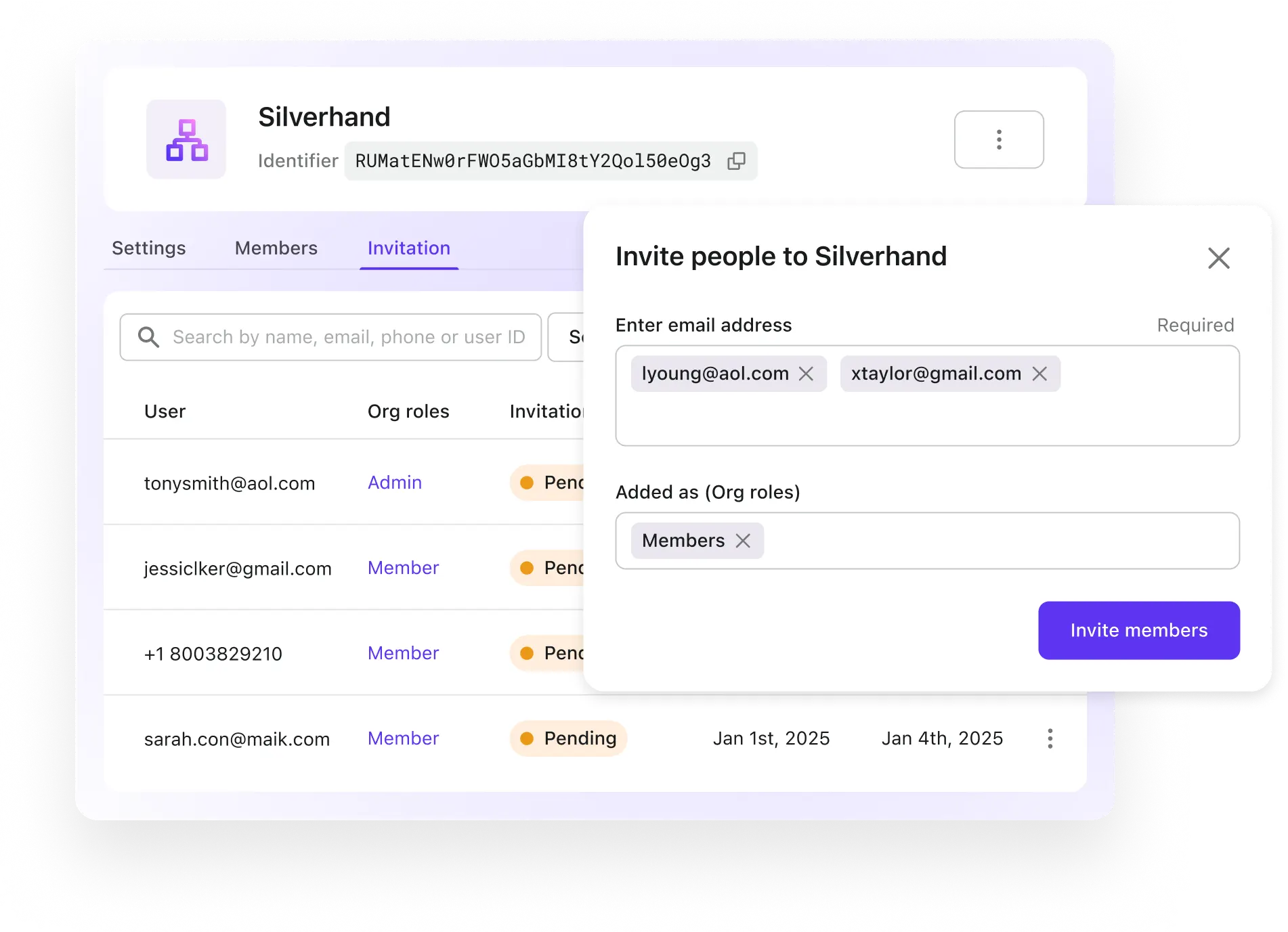
Invitation and just-in-time provisioning
Organization features come with an invitation flow that enhances standard SaaS onboarding processes, boosting conversion rates and promoting product growth.
- Invitations for both new and existing users
- Enable org-level MFA to require MFA for a specific organization
- Email template for inviting users
- Set up email domain-based and SSO-based Just-in-Time provisioning to let members automatically join your organizations
What makes Logto the preferred choice?
Logto provides you the best guidance for setting up and configuring multi-tenant IAM systems.
For SaaS builders
- Scalable organization-level role-based access control for all tenants
- Work with Enterprise SSO and MFA
- Invitation and auto-join for SaaS collaboration
Make identity management easier
- Avoid duplicate identity systems for each client while ensuring tenant isolation.
- Keep authentication and authorization strictly separate
- Allow flexible member addition and removal
Address a wide range of B2B scenarios
- Organizations also work for multi-app businesses
- It can seamlessly integrate with enterprise SSO
- Offers a complete end-to-end sign-in user interface
Tailor roles and permissions
- Empower organizations with robust governance
- Role-based access control within organizations
- Easily manage and update
Frequently asked questions
Is SaaS the same as multi-tenant applications?
How do I choose between organization features and RBAC for authorization?
Unlock more with Logto Cloud
Leverage Logto organizations feature to master the best practices in creating a multi-tenant application.
